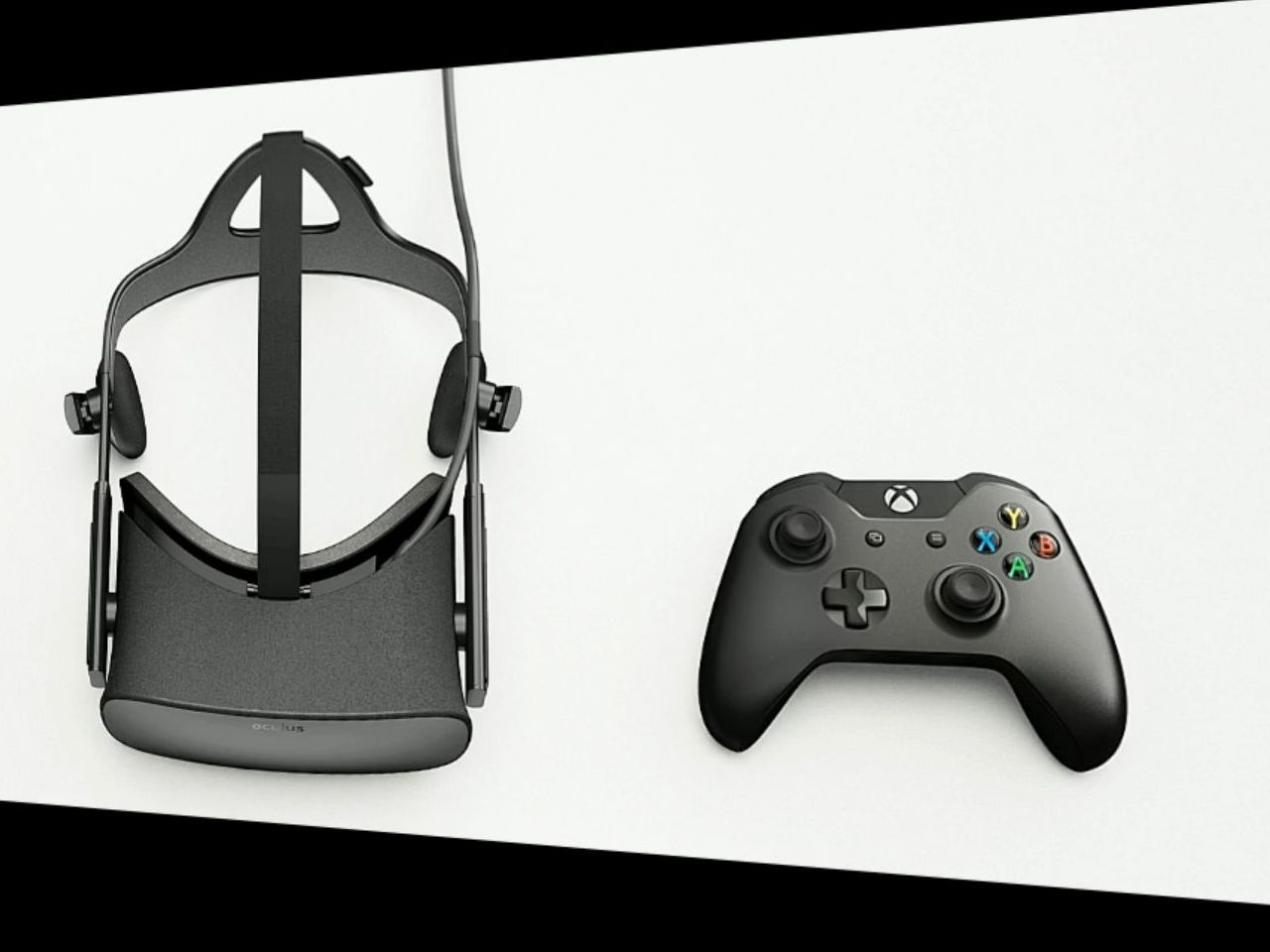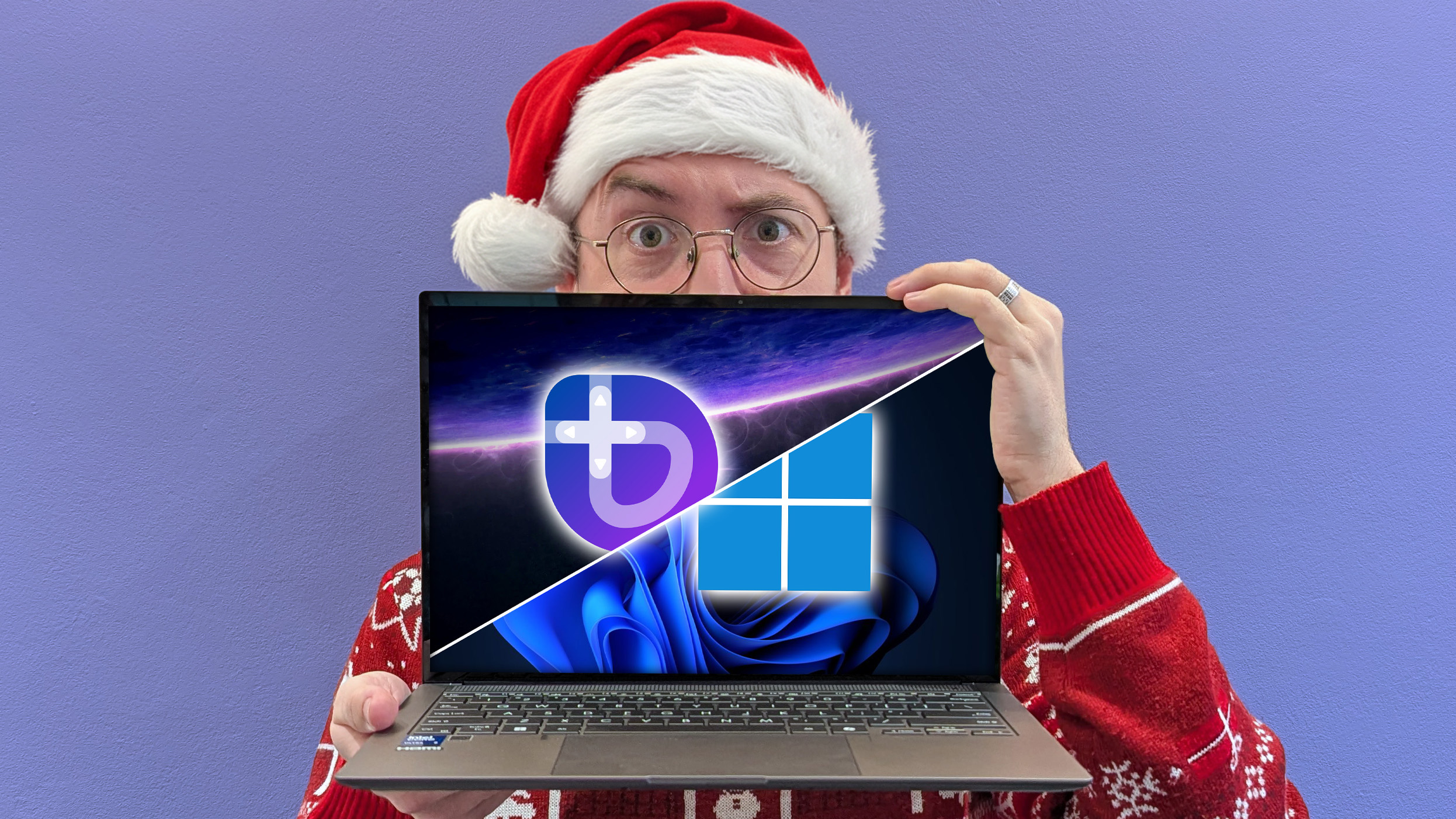Windows 10 will natively support VR headsets and unified tracking

Microsoft is apparently going "all in" on virtual reality, with its partnership with Oculus, its support of Valve's SteamVR, and its own HoloLens. The key to all of this is Windows 10, according to Xbox lead Phil Spencer, who stated in a new interview that the OS will natively support virtual reality headsets.
Previously, VR headsets were supported as PC monitors in Windows 7 and 8 and had to be calibrated so they could work properly. Native VR headset support for Windows 10 should allow those devices to "just work" when they are connected to a PC. Spencer also told Business Insider that the company is working to unify tracking for headsets in Windows 10, but at the moment there's no information on how the company will accomplish this, since the Oculus Rift uses camers for tracking and while the SteamVR-based HTC Vive uses lasers.
Source: Business Insider
All the latest news, reviews, and guides for Windows and Xbox diehards.

John Callaham was a former contributor for Windows Central, covering Windows Phone, Surface, gaming, and more.
